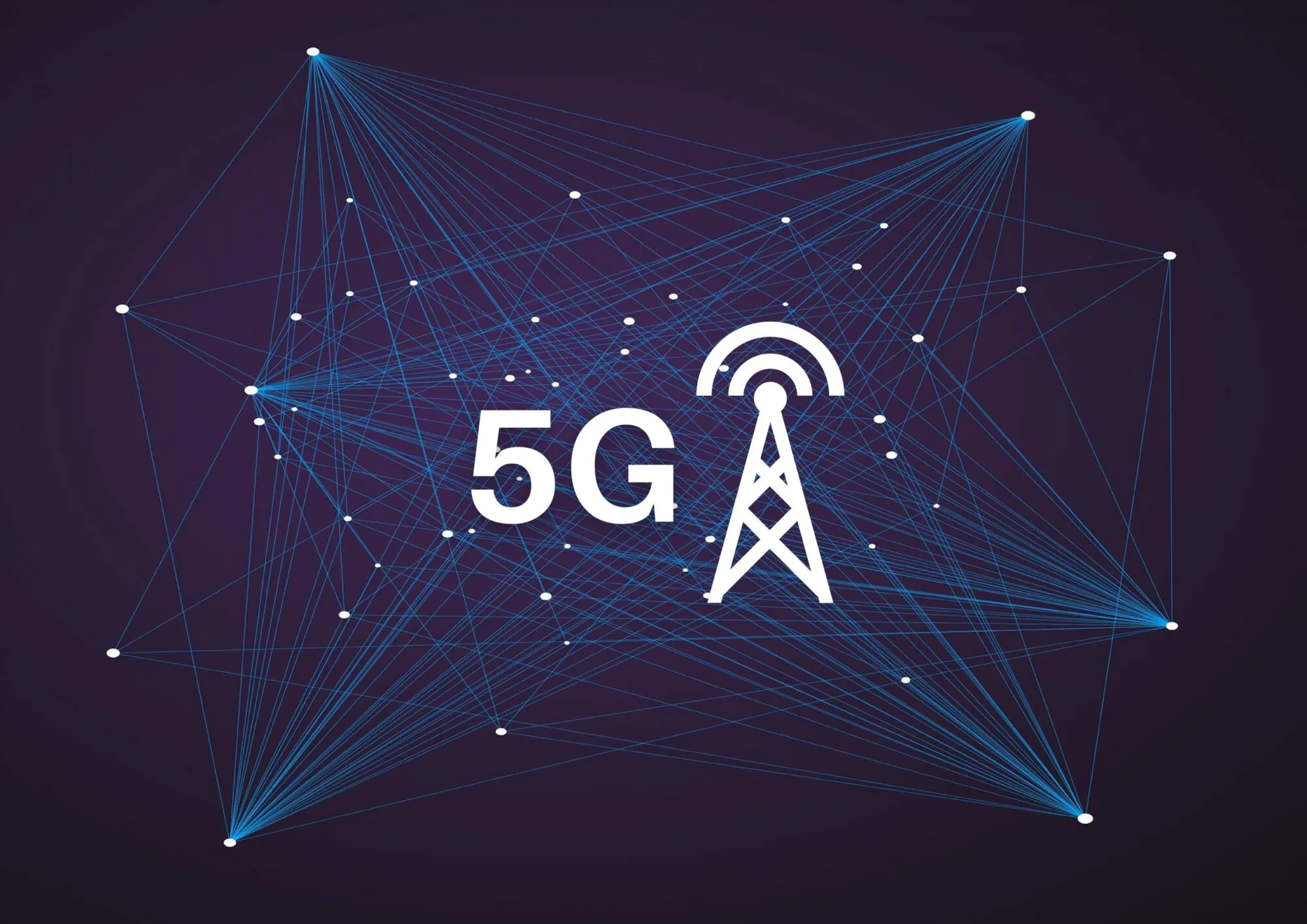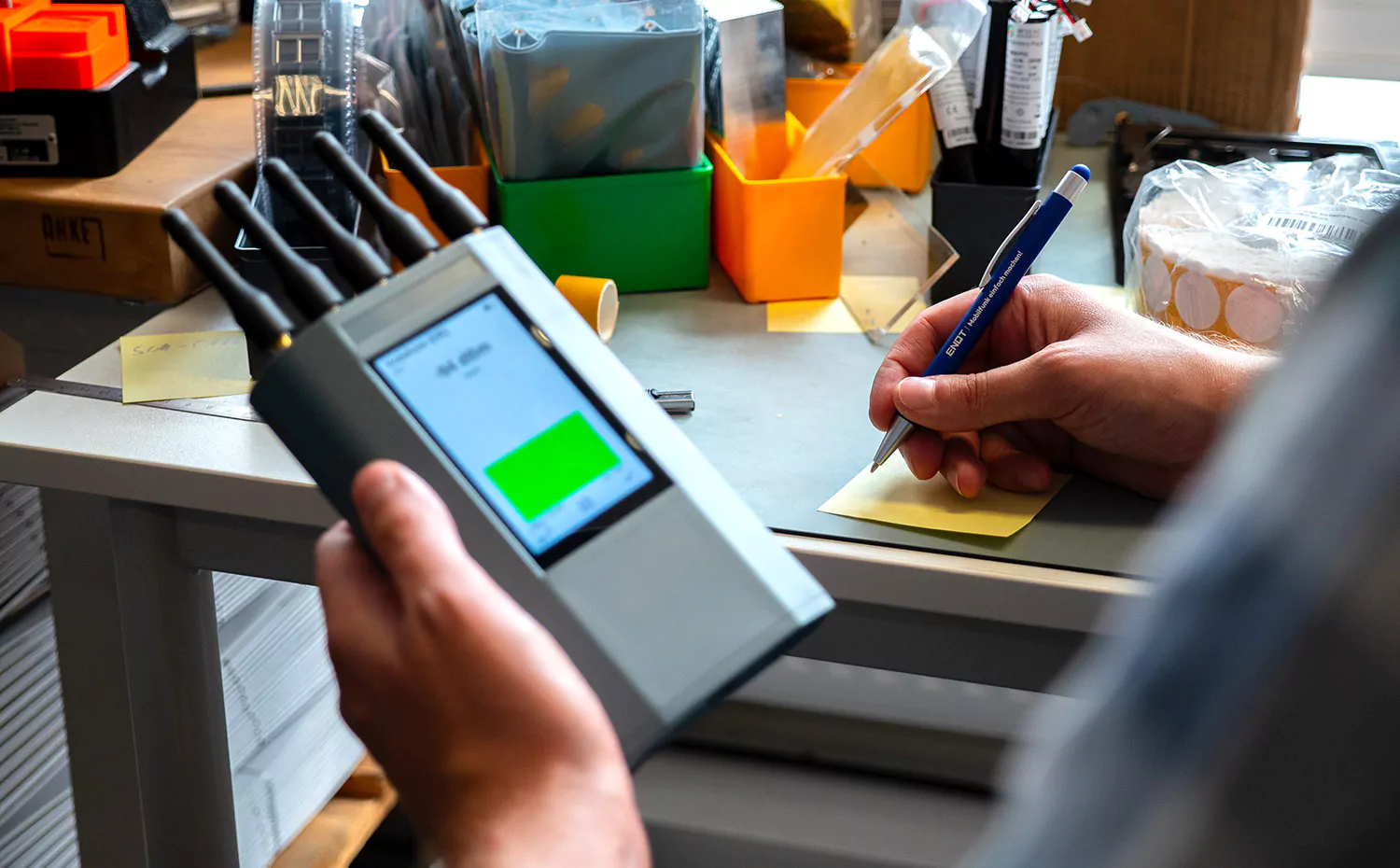What does the term data transmission rate mean and what role does it play in the current mobile communications standards?
What is the data transmission rate?
The term data transmission rate is considered a measure of the performance, or speed, of a mobile network. Data rate, bandwidth, data transfer rate, bit rate or connection speed are other terms that are frequently used. The data transfer rate is the digital amount of data that can be transferred from location A to location B in a certain amount of time using a transmission channel. It is the cruising speed, so to speak, of data such as voice, music, videos, photos, and social media content.
The network speed is specified using the smallest unit of the data volume, the so-called bit per second. The binary digit (bit/s) is quoted in kilobits (Kbit/s), megabits (Mbit/s), gigabits (Gbit/s) or terabits (Tbit/s), depending on the size of the data volumes.
Why does the 5G network work differently than the LTE network?
LTE and 5G share some of the existing frequency ranges and bandwidths. In addition, 5G uses frequencies that are reserved specifically for this mobile communications standard.
Unlike LTE, the 5G network requires more radio antennas at its base stations (MIMO). However, these new 5G antennas function much more precisely than those used in the past, because instead of radiating aimlessly, they transmit specifically to one or more cell phone users.
In German metropolitan areas in particular, the new technical benchmarks are aimed at boosting performance. 5G is intended to relieve the constantly growing data traffic there.
Is 5G really significantly faster than LTE?
In the current expansion stage, the speed of the 5G mobile network is about the same as that of the highest expansion stage of the LTE-Advanced standard. Nevertheless, it is already possible to access the desired content faster due to improved latency. New specifications additionally promise twenty times the data rate and more in the near future.
LTE vs. 5G: What data transfer rates are possible?
The fourth mobile communications generation, LTE-Advanced, currently enables a data transfer rate of up to one gigabit per second. With 5G, up to 10 gigabits per second are currently possible, but only in the test setup. In practice, the various network providers currently measure up to 1.5 Gbit/s.
Since the expansion of the 5G network is still in the initial phase, it will probably take some time before the targeted data transmission rate of 20 Gbit/s can actually be achieved.



